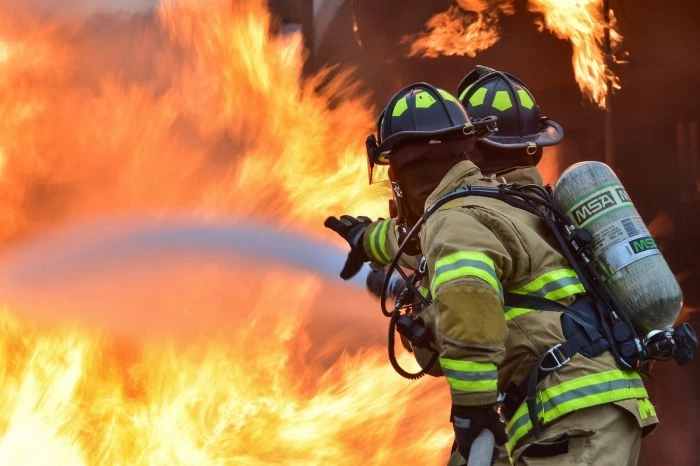The Complete Guide to Fireplace Safety
Do you love the idea of a cozy fireplace, but wonder if it is safe enough for your family? Families with young children are often concerned about the possibility of accidental burns, but other common concerns include chimney fires, fire or explosion from a gas fireplace, or gas leaks. The good news is that proper maintenance and safety precautions can make a fireplace or stove a safe feature for any home.
Electric models are generally the safest type of fireplace, and are a great option for those who want a safe, low maintenance appliance. Well-maintained wood burning fireplaces with a barrier screen are another good option since the barrier prevents embers from escaping and also keeps children and pets from getting too close. Gas appliances have more safety issues to consider, but current models have a wealth of safety features and are built with ample internal clearances. In short, any modern fireplace that is properly installed and maintained can be safe.


